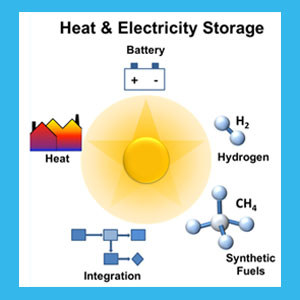Speaker
Mr
Ehsan Rezaei
(EPFL)
Description
Cellular ceramics are attracting materials for high temperature applications such as high-temperature thermal storage systems, thermal protection systems, burners, reformers, and solar radiation absorbers. These material structures are able to withstand oxidative environments at high temperatures and are particularly resistant to thermal shock. As typical for ceramic materials, thermal stresses are one of the major reasons of failure in these components when used in high temperature applications. The study of this phenomena is a difficult task since it couples the thermal physics and structural mechanics of ceramics with a possibly complex cellular structure.
X-ray computed tomography of a commercially available SiSiC foam produced by the replica method, was used to digitally reconstruct the cellular structure. We then used the finite element method (FEM) as well as experiments to study the effect of structural features on ceramic foams’ mechanical and thermal properties. In a second step, models of lattice structures made of ordered tetrakaidecahedral unit cells – a unit cell often used to represent the microstructure of commercial foams – were simulated and their morphology (e.g. strut shape, cross section, and thickness) optimized for enhanced thermo-mechanical properties.
Optimized structures made of SiSiC were produced using advanced additive manufacturing techniques in conjunction with the conventional replica method. Their mechanical properties were then tested using non-destructive techniques (acoustical emission and electrical resistance) and compared to the FEM numerical modeling.
Lattice structures showed to have a more predictable behavior than the commercial, random structures but highly dependent on the unit cell structure and arrangement. The method allows to determine the factors influencing the behavior of the cellular ceramics under both thermal and mechanical load and subsequently allow to optimize the structures for enhanced performance.
Author
Mr
Ehsan Rezaei
(EPFL)
Co-authors
Prof.
Alberto Ortona
(SUPSI)
Prof.
Sophia Haussener
(EPFL)

